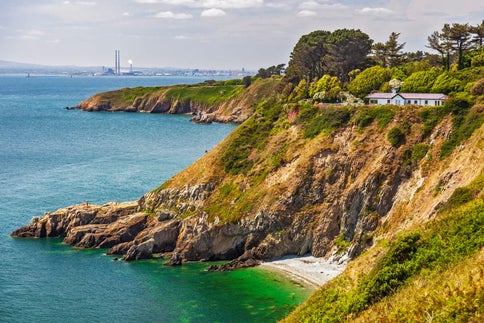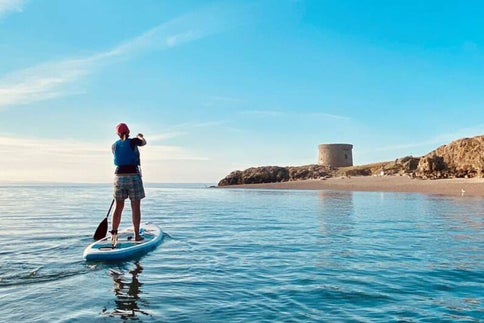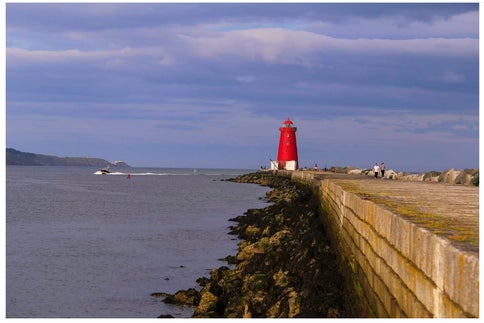Guides
- Home
- Traveller guides
- The complete guide to kitesurfing in Dublin
The complete guide to kitesurfing in Dublin
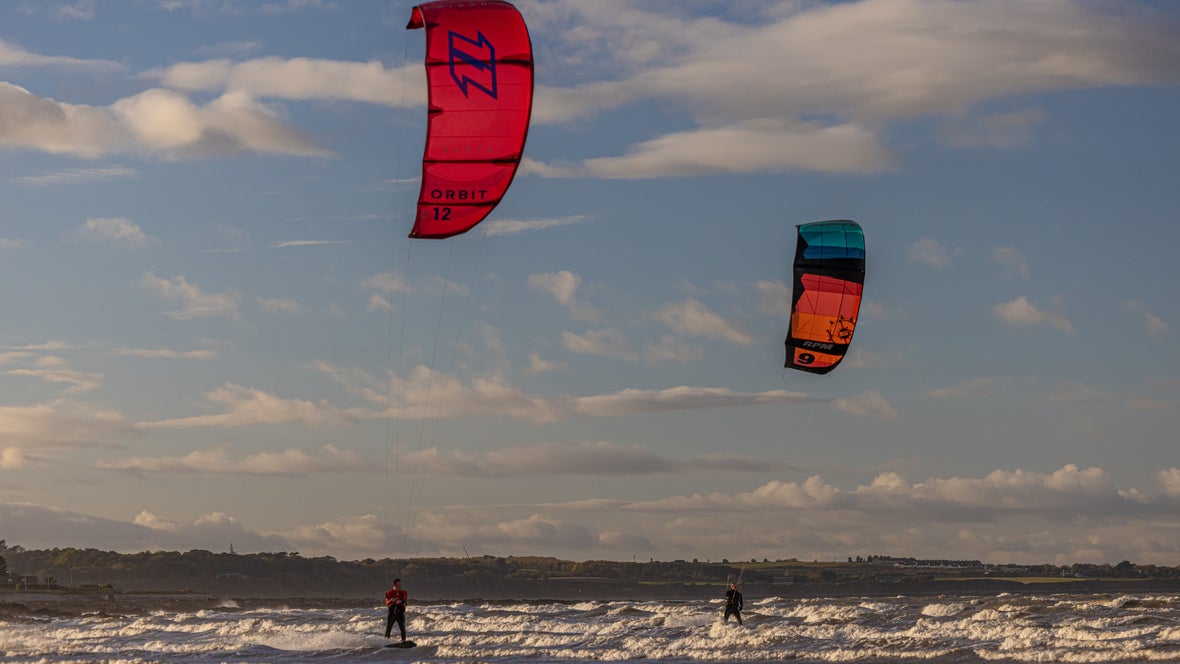
If you’re walking on a Dublin beach and see the colourful kites of kitesurfers as they carve through the waves, you might be wondering who can kitesurf and how do they get started?
The good news is that anyone of reasonable fitness can take it up and learn with a few expert lessons. There’s no need to buy special equipment to learn, as everything is provided during classes, so you can see if this is the sport for you before investing. When the wind is right, Dubliners are lucky to have some long sandy beaches near the city to kitesurf on – some with lots of space, few hazards, and class views. While there is a learning curve (it can take up to 12 hours of lessons before you get the hang of it), it’s a fun, adrenaline-packed activity.
Learn everything there is to know about kitesurfing and start enjoying Dublin in a whole new way.
- 1.
- 2.
- 3.
- 4.
The basics
As a beginner, you’ll spend plenty of time in the water working on technique before you’re ready to ride the waves. It’s best to start when conditions are warmest - ideally from mid to late summer. Lessons typically run in Dublin from April or May through to the end of October. Once you’ve mastered the basics, you can kitesurf year-round whenever the wind is right.
The ideal wind strength to learn kitesurfing is from around 10 or 12 knots up to 25 knots. The lighter winds are better while you are getting used to the equipment, and as you get better, more wind makes it easier to get going – and more fun. Anything over 25 knots is for experienced riders, while winds above 30 require serious skill, especially as gusts higher than 40 are considered to be a gale and a real challenge to experts. Kitesurfing schools provide equipment – wetsuits, lifejackets, helmets, harnesses, boards and kites.
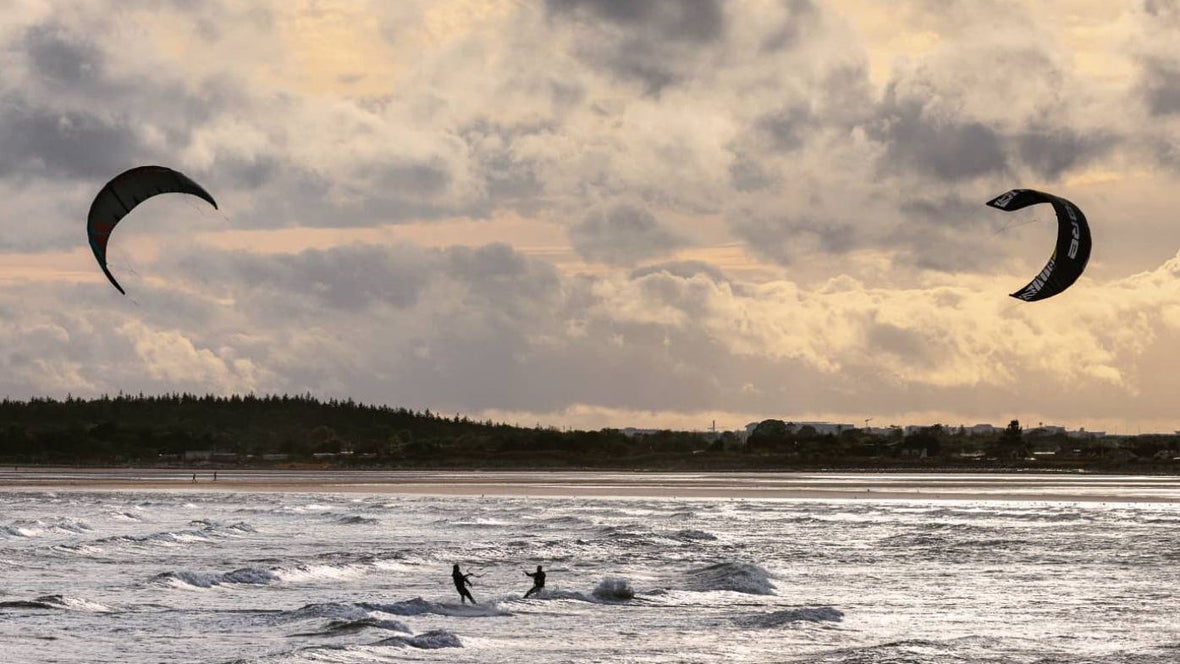
The lessons
Clontarf-based Pure Magic Watersports has been teaching kitesurfing for over 15 years, mostly on Dollymount Beach and on Burrow Beach in Sutton. With the help of certified instructors, total beginners start off with an introduction to the basics and a theory session on land about the wind, sea, where to kitesurf, safety and how to assess hazards. You will also learn how kites work and fly a trainer kite. This takes one or 1.5 hours, and then classes finishes in the water. A full lesson is usually three hours long.
It usually takes 12 hours of lessons to be proficient – going through all the steps from the introduction and setting up the kite, to controlling the kite in the water and getting to grips with the board. As there are different elements to get used to, it might take three or four classes before you are kitesurfing in the water. You can book a full course with Pure Magic or simply test the waters with a starter session and then upgrade to a full course once you've caught the kitesurfing bug.
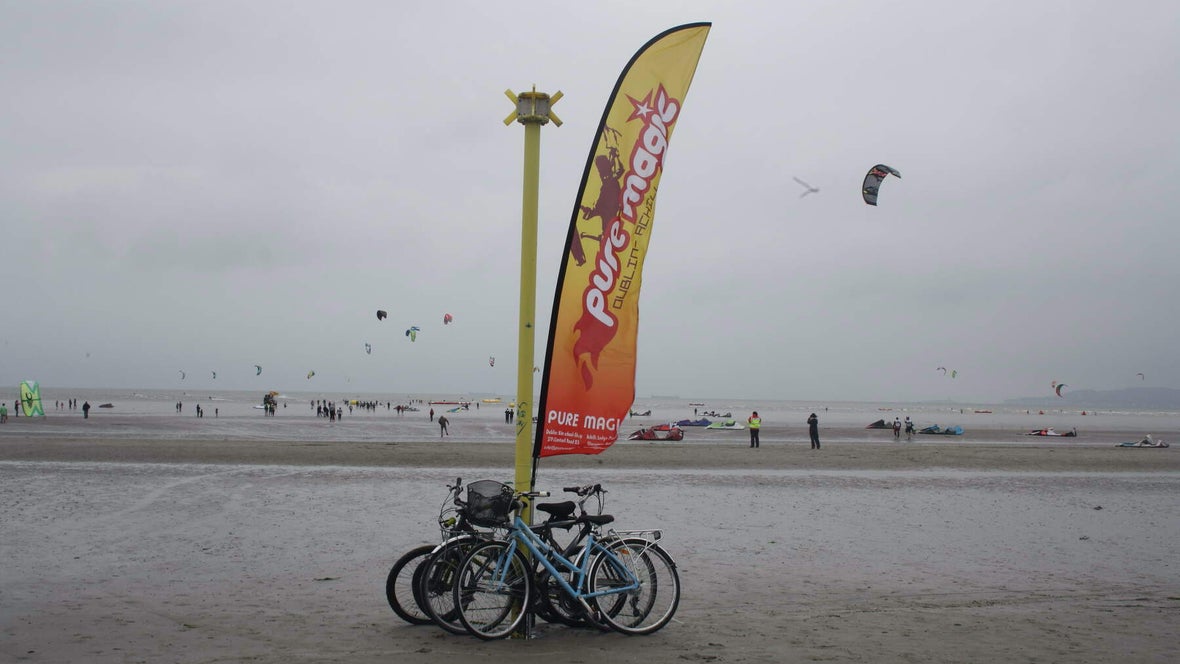
Another provider who run similar classes in Dublin, Kitesurfing Dublin runs three-hour sessions for two people, two-hour private classes, both from Dollymount, Portmarnock, Burrow Beach and Poolbeg.
The beaches
Dublin has a great selection of beaches and ideal conditions for kitesurfing can depend on a combination of wind direction, wind strength and tide height, so are often assessed on the day. If you are new to a beach, always ask experienced local kitesurfers about hazards, currents, launching areas and check if any bathing bans are in place. For even more information and tips, check out Kitesurfing Ireland before hitting the waves.
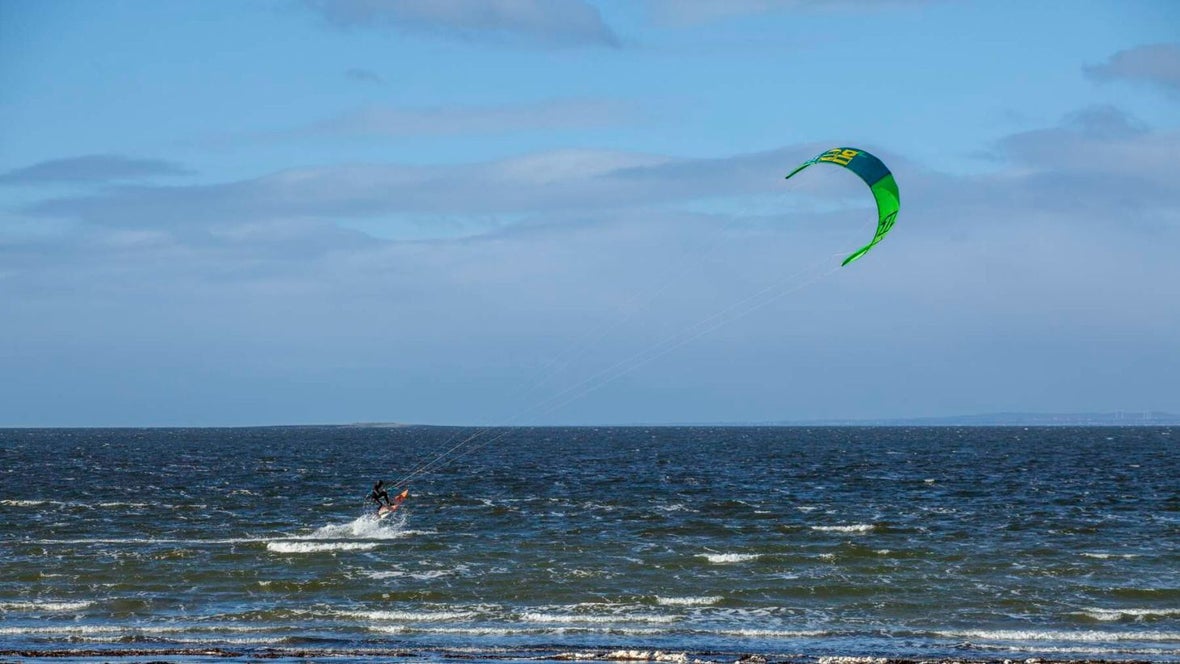
The best places for kitesurfing
1. Dollymount Beach
Stretching 5km on Bull Island, Dollymount is a sandy beach with shallow water, plenty of space and a dedicated launching area for kite surfers. It works best in all southerly winds and its generally flat waters are ideal for beginners, but also suit kite surfers of all levels.
2. Burrow Beach, Sutton
A popular spot for kitesurfing, Burrow Beach is pretty shallow, with flat waters and a great location for when the wind is ranging from north-east to north-west. The water can be quite choppy at high tide though, so it's good to stay vigilant and watch out for strong currents.
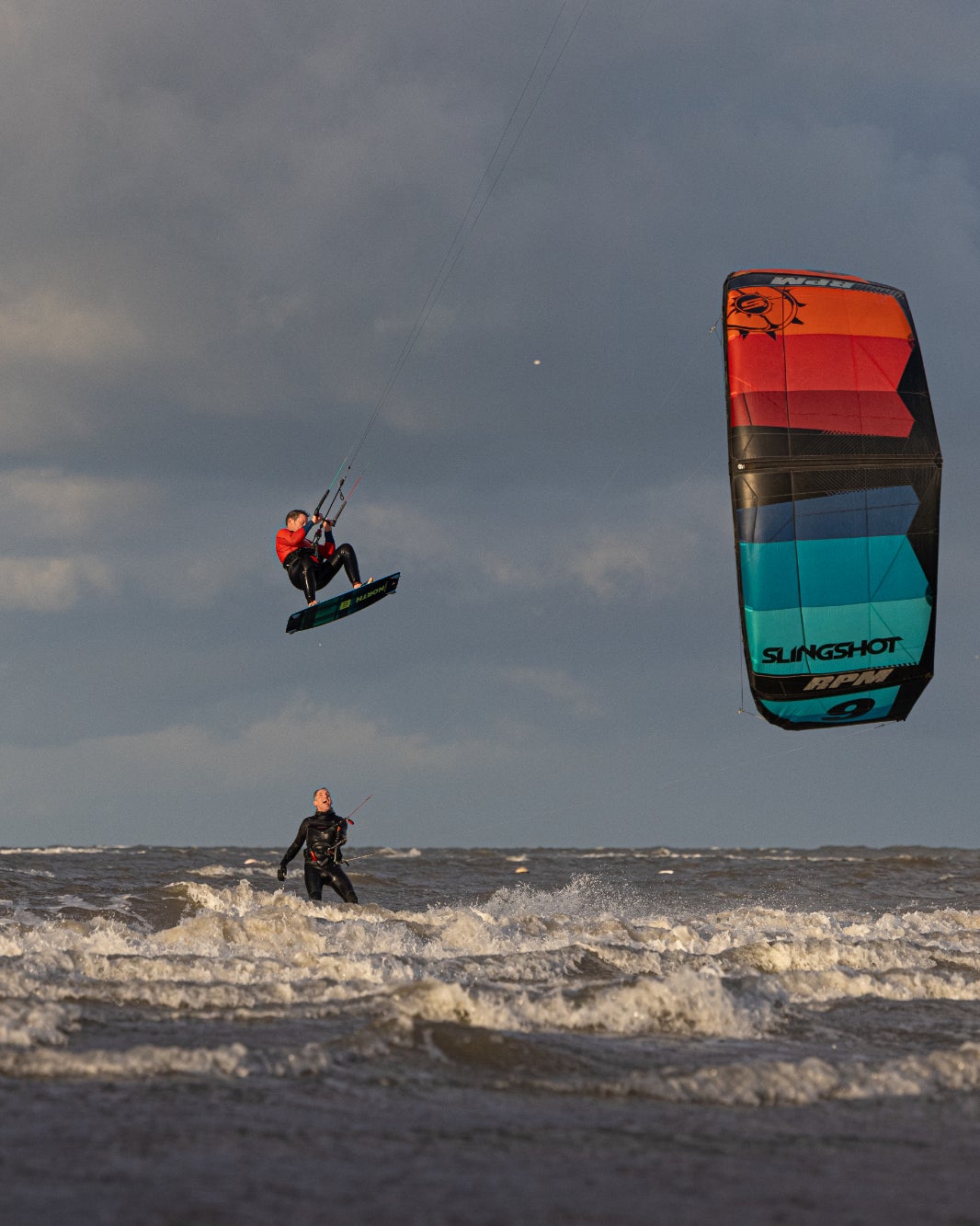
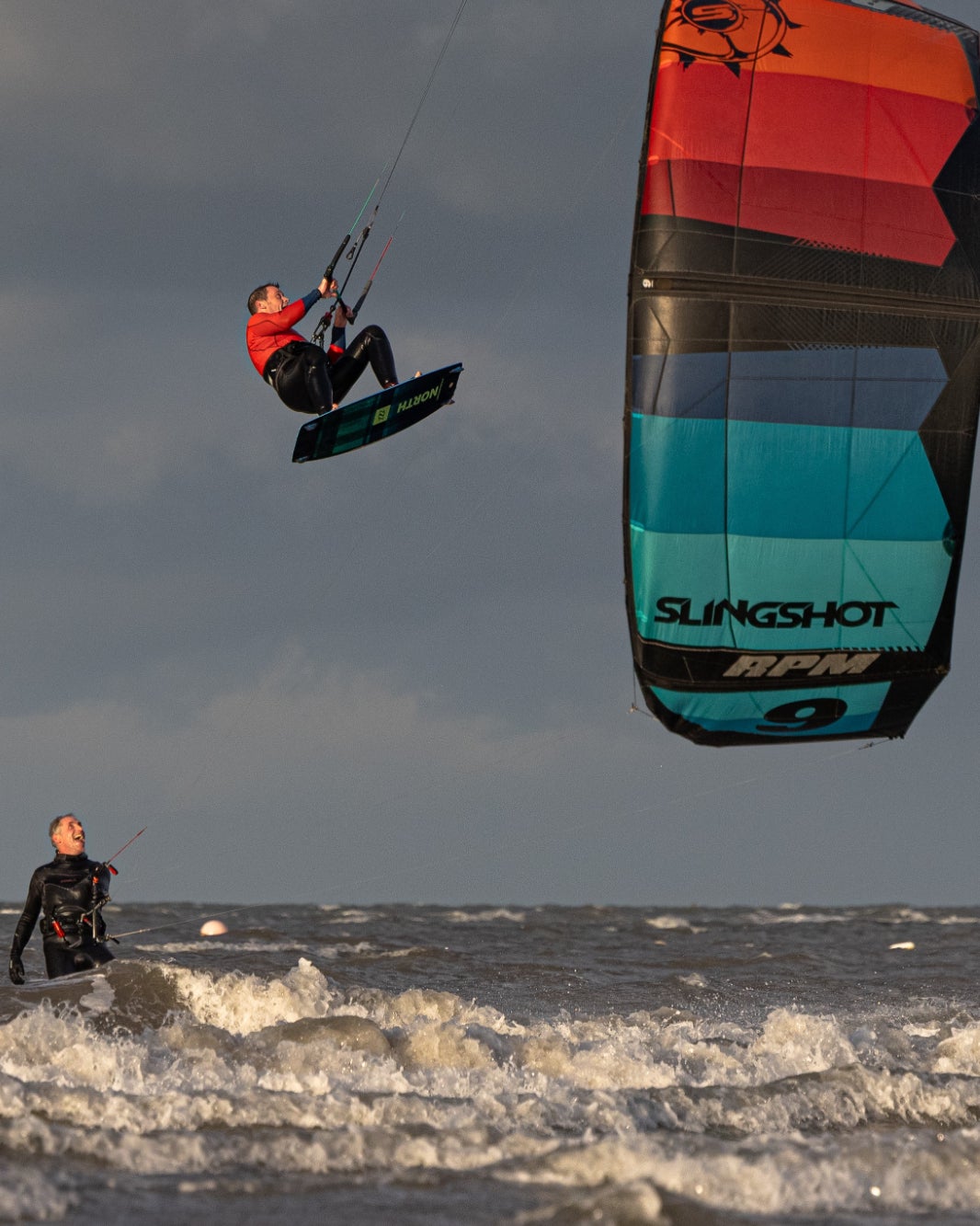
3. Poolbeg
The beaches here suit similar wind conditions to Dollymount – especially coming from the south-east through to the south-west. There are great views of the bay and Poolbeg towers, but depending on tides some parts of the beach require a long walk. As there are hazards like shells underfoot, plus rocks and concrete (including the nearby road), it is more suitable for intermediate and advanced riders.
4. Rush (North and South)
Both north and south beaches in Rush work best with winds coming from the south or south-west direction. South Beach is a Blue Flag beach so it can get pretty crowded, especially in the summer months. However, there are dedicated launching areas across the beach for water activities.
5. Skerries South Beach
Skerries South Beach may be more popular amongst bathers than kite surfers, but is a great place to try when the wind is coming onshore from the south-east. Spend the day trying out your new skills before relaxing with fellow bathers, or shake out the legs along the promenade.

6. Seapoint
Seapoint can work in a northern wind but, much like Skerries South Beach, hazards like concrete and live wires from Dún Laoghaire DART Station can be dangerous for the kites during high tide. So it's best suited to experts only. You must also be sure of the tide height here to be able to kitesurf properly.
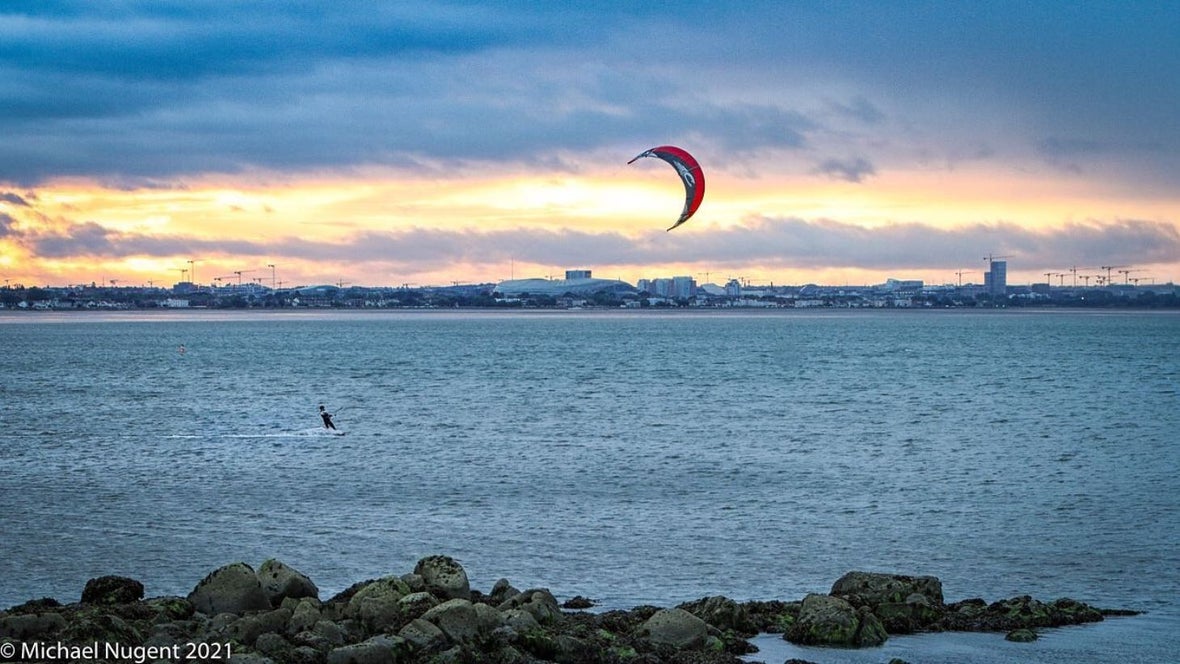
7. Sandymount Strand
Sandymount Strand is a long, sandy beach that is becoming increasingly popular with kite surfers, especially those that know that the winds are their best coming from the north-east. But, good things come to those who wait. Since the waters are too shallow during low tide and there isn't enough beach during high tide, kite surfers need to wait to find that sweet spot, typically two hours before or after high tide. However, the conditions are worth the wait, particularly for the views of Howth and Dún Laoghaire in the distance.
Stay active in Dublin
Ditch the kite for a paddle and venture out on a scenic kayak around Dublin.
- Dublin’s 10 best beaches
- Take a South Wall stroll
Guides
